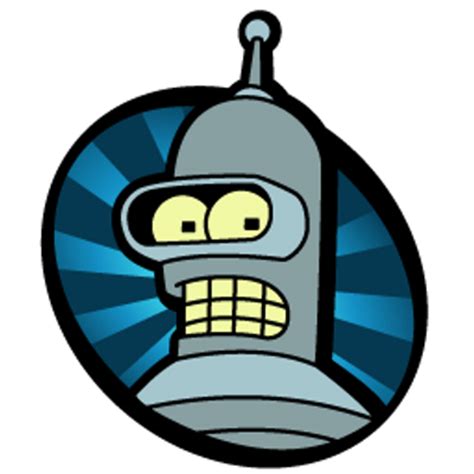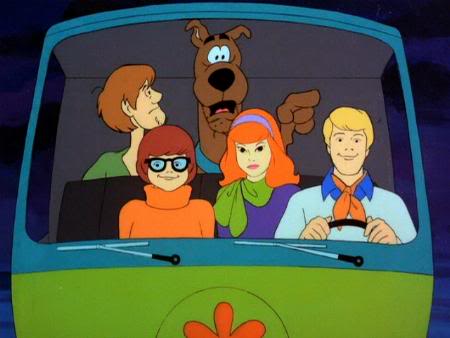I find there’s three types of hand dryers: the standard kind that blows really hot air to evaporate the water, the ones that blow strongly to push the water off the hands, and the ones that are supposed to do one of these but don’t. At my university almost all of the hand dryers fall into the third category.
Why are hand dryers like this, and am I somehow drying my hands wrong?
Wipe your hands in your clothes/ a tissue
What gets me is the ones that you should be wearing ear protection when using. Some of them are ridiculously loud, I’ve come out of the can with my ears ringing afterwards.
Yeah, you should shake off the water first (12 times is a good number), then rub your hands to spread the water over your hands so your evaporating water on all parts of your hands.
Takes less than a minute and gives you completely dry hands. This works with type 1 and 3 mentioned by you. Type 2 like the Dyson Airblade work if you pull your hands through slowly but then they will take a couple of minutes to dry on their own. With type 2 shaking the water off is not important since the machine does it for you.
These are known not to be sanitary, so I just let my hands air dry if there are no towels
How are they unsanitary?
Someone else linked this in their comment but the air in those dryers has to come from somewhere… if it’s coming from the bathroom, where there are no lids on the toilets and aerosolized poop particles are sucked into the dryer and right onto your hands, I would lean towards that being unsanitary. This is also why it’s important to put the lid down before you flush at home, to avoid all those particles floating around onto anything exposed in your bathroom, like maybe your toothbrush or towels.
https://www.health.harvard.edu/blog/the-bacterial-horror-of-the-hot-air-hand-dryer-2018051113823
The theory is that they aerosolize the water and whatever was on your hands, but if you did a decent job cleaning them, it’s not really a problem.
I think it’s because they vacuum air from a public restroom and blow it all over your hands.
Step 1:
Hold hands under dryerStep 2:
Wipe hands on shirt- Shake hands thoroughly after washing to minimise excess water.
- Move hands together as if you’re applying soap while using the dryer. This keeps the water evenly distributed on your hands, to maximise evaporation.
they actually promote mold growth, when they blowing your hands on to the walls. not as good as wiping with towels.
If the sensor is borked, and the air keeps shutting off, just skip.
Wall-mounted frustration unit.
Grandpa taught me this as a child. Shake hell out of your hands in the sink. (This TED Talk caught some laughs, but he’s demonstrating how useful memes can spread.)
Shake dry, hit the dryer. Spread your fingers wide, rub vigorously, flipping one side to the other and in between your fingers. The idea is to splat the water droplets, break their surface tension, flatten them out. You can get dry in 15-20 seconds.
They just don’t work well. There’s no technique
I’d like to dispute that. My current routine is:
- Shake hands around 12 times
- Rub hands under the dryer.
Step 1 removes majority of the water and Step 2 spreads it evenly over your hands so you use all the surface area to dry. I get my hands completely dry within a minute.
Fair, good to know I’m not misguided in my hand dryer usage
I once found a random food court bathroom that has hand dryers that work amazingly well, and I was genuinely surprised by that when I stumbled on it. I’m guessing it probably is just more expensive or uses more power or something and places cheap out on them.
I disagree with the suggestion that there’s no technique. It’s not just trying to blow the water off your hands, it’s also trying to evaporate it, and both of these things are improved by mechanical action, and can be affected by environmental conditions, so even the super high power dryers sometimes need your help with that. Just like using soap is significantly improved by mechanical action, you have to put the effort in to rub your hands all over each other and get good coverage when you’re doing it because the blowing air is not going to do enough on its own.
Water has a tendency to bead up under surface tension which reduces its surface area to the minimum it can and protects it from evaporation. High surface area is what allows increased heat transfer and evaporation, so you want to maximize it to get dry. Rubbing your hands together continuously and thoroughly pushes the water around, breaks up the beads and the surface tension. Don’t neglect the areas on the back of your hands, sides of your hands, between your fingers, those are all additional surface area that is wet and are places where water can bead up, and that will protect it from evaporation.
Another issue is the human perception of how “dry” feels. Temperature and moisture are inextricably linked in almost every sense but particularly in our sensation of “wet”. Evaporation on wet skin causes a very real cooling effect, which creates the lasting sensation of moisture even when there isn’t any left. Hot air dryers can help combat this but it’s actually quite difficult to avoid completely and it’s possible to get hands dried in cool air that won’t feel dry at all (until they eventually warm up later). On the other hand rubbing your hands together creates friction which does in fact heat your hands, but also creates a sense of dryness even if there is a little moisture remaining. It’s a complicated balance and the point is that our perception of whether our hands are dry isn’t totally reliable to begin with. It’s much different than using a cloth or towel which wicks most of the moisture away without immediately evaporating it and doesn’t create the same cooling effect on your skin.
Not rubbing your hands at all will take a silly amount of time for your hands to feel dry even under hot airflow, because it is just a slow process and because of the issues mentioned previously. But also keep in mind if you’re just rubbing the palms of your hands and flats of your fingers together that’s only like maybe 25% of your hands total surface area and you’re not even allowing the airflow to get in there, the combination of the two the evaporation of water will be similarly underwhelming. You have to really put some pressure down to flatten out all those little wrinkles of skin and you have to get a good rotation going with some wrap-around and between the fingers to get all the skin on your hands involved while also still exposing all the surfaces to the airflow at some point. As you forcefully spread the water into a thin film with high surface area more of it can evaporate quickly into the airflow before it can bead back up, as long as you keep doing this continuously you’ll keep exposing new spots of skin with super thin films of water left on them and it will evaporate much faster and after 10-30 seconds should give you almost completely dry feeling hands (that are probably actually dry). Give it a try. See how it works.
I remember about 40 years ago complaining to my dad that those things were horrible.
He taught me the “rubbing of the hands” trick and it blew my mind.
I have taken to doing the hand-washing gestures I learned during the pandemic. Helps dry my hands quite well. Funnily enough, I think I lost the habit of washing my hands that way, now going for a quicker method. Don’t even know when that happened
Has your university not bothered to replace the old shitty models with the newer, actually effective models? I always think the Dyson AirBlade works really well.
I agree, it’s the one model that works consistently well. All the old buildings have weak lukewarm ones.
They all work, they just omit the final step from the instructions:
WIPE HANDS ON PANTSrule 1 of bathroom club : do NOT talk about Final Step
Rule 0 of : do NOT talk about .
Mostly they send the bacteria on your hands flying.
plus all that mold you see growing where the air is blowing to.
Why is there bacteria on your hands after you just washed them and rinsed with clean water?
It’s actually the opposite- the issue is they shoot bacteria onto your newly cleaned hands.
https://www.health.harvard.edu/blog/the-bacterial-horror-of-the-hot-air-hand-dryer-2018051113823
Well, if you scrub your hands thoroughly with a lot of soap for at least 30 seconds it could work. Last time I saw anyone doing that was in 2021 during corona hehehe.
Given the issue is fixed by putting HEPA filters on the intake of the dryers, it indicates the bacteria is coming from the air in the bathroom, not wet hands.
Here some sources about different systems and causes. Anyway , I always use paper ;-) https://www.health.harvard.edu/blog/the-bacterial-horror-of-the-hot-air-hand-dryer-2018051113823 And https://www.theguardian.com/society/2019/apr/25/hand-dryers-paper-towels-hygiene-dyson-airblade
That Harvard article is what I linked above. It’s where I found that the HEPA filter on the intake works well to reduce bacterial spread.
You can’t expect me to read all the answers in a tread hehehe.
You gave the article a good and proper skim reading! Anything more in-depth is overkill. You got the gist of it that’s enough lol
I just shake my hands into the sink a few times, bypass the dryer and wipe my hands on my pants and let them dry as I walk. Doesn’t take long.










